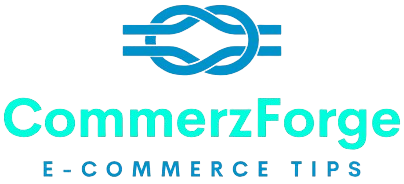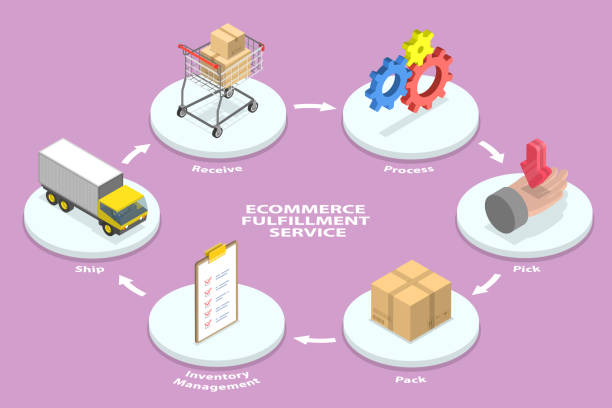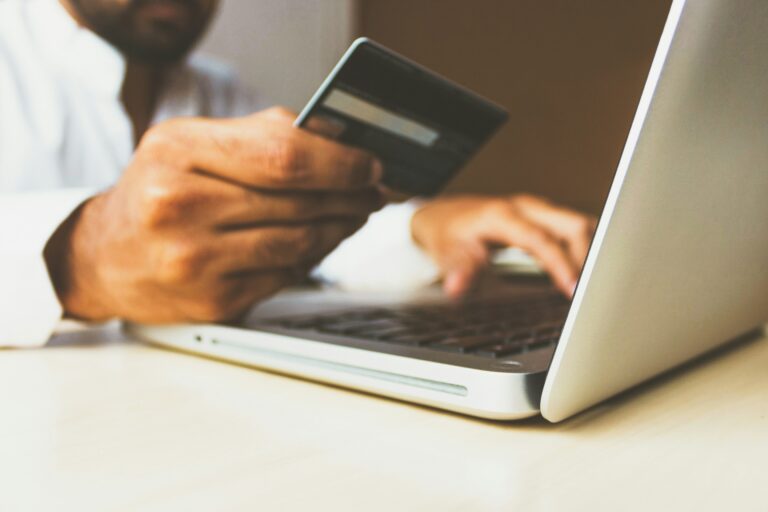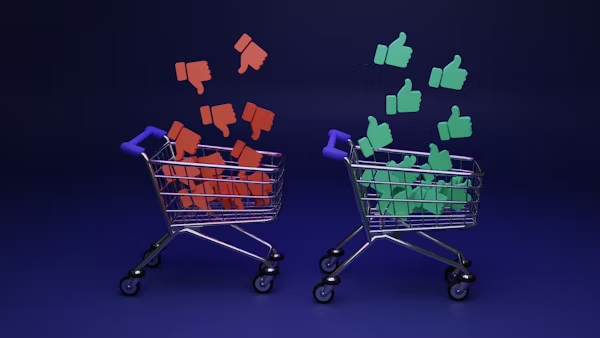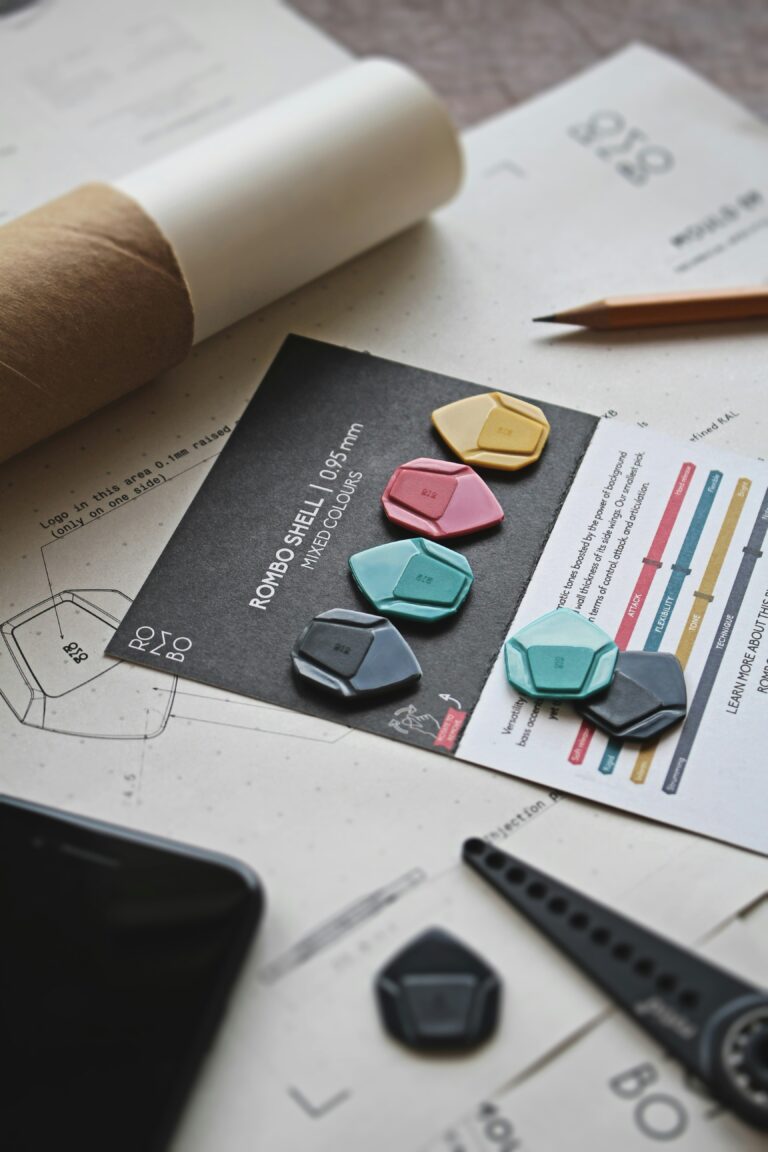Shipping isn’t just about delivering a package. It’s about delivering trust. In 2025, ecommerce shipping and fulfillment can make or break your online business. This ecommerce shipping and fulfillment guide 2025 will help you ship faster, cheaper, and more reliably—whether you’re just launching or scaling your store.
Table of Contents
ToggleWhy Shipping Matters for Ecommerce in 2025
With rising customer expectations, fast delivery is no longer a luxury—it’s a requirement. Delayed or confusing shipping leads to cart abandonment and lost trust. If you want to compete in the U.S. ecommerce space, your shipping and fulfillment must be strategic, not an afterthought.
Choose the Right Fulfillment Model
There’s no one-size-fits-all when it comes to ecommerce fulfillment. Here are your options:
| Fulfillment Type | Best For | Pros | Cons |
|---|---|---|---|
| Self-Fulfillment | New stores (<200 orders/month) | Full control | Time-consuming |
| 3PL (Third-Party Logistics) | Growing brands | Faster, scalable | Fees and setup |
| Hybrid Model | Seasonal spikes or mixed SKUs | Flexible | Can get complicated |
Pro Tip: Once you hit around 250 orders/month, switching to a 3PL like ShipBob often reduces costs and improves delivery speed.
Reduce Shipping Costs Without Cutting Quality
Use these beginner-friendly strategies:
-
Understand DIM weight: Carrier fees depend on box size, not just weight.
-
Use zone-based shipping: USPS Priority Mail Cubic is great for small U.S. packages.
-
Set a free shipping threshold: “Free over $75” encourages higher orders.
-
Batch print shipping labels: Tools like Pirate Ship help save on postage rates.
Smart Packaging = Fewer Returns & Happier Customers
Smart packaging is an essential part of any successful ecommerce shipping and fulfillment guide 2025.
Your packaging should protect and promote:
-
Use right-sized boxes to reduce waste and avoid extra fees.
-
Add a thank-you note or discount coupon inside the package.
-
Switch to eco-friendly packaging—over 50% of U.S. consumers prefer it.
Alt text: ecommerce shipping and fulfillment guide 2025 eco-friendly packaging
Optimize the Last-Mile Delivery Experience
-
Offer options like standard, 2-day, and local delivery.
-
Display estimated delivery dates at checkout.
-
Use route optimization software to cut delivery time.
These reduce customer frustration and increase repeat purchases.
Automate Tracking & Customer Notifications
Customers want to know where their order is—at all times.
-
Use automated email/SMS updates for every stage (order placed, shipped, delivered).
-
Platforms like Shopify or WooCommerce have built-in tracking integration.
-
Add branded tracking pages to boost your professionalism.
Build a Returns Process Customers Actually Like
Returns are part of ecommerce. A smooth process earns trust.
-
Offer a clear 30-day return policy with prepaid return labels.
-
Use returns software like Loop Returns to streamline requests.
-
Reuse or resell undamaged returns to reduce loss.
Must-Have Fulfillment Tools for 2025
| Task | Tool | Why Use It |
|---|---|---|
| Shipping rates & labels | Pirate Ship | Free + USPS discounts |
| Inventory + 3PL | ShipBob | 2-day delivery across the U.S. |
| Branded tracking | Shopify App / AfterShip | Real-time updates |
| Returns automation | Loop Returns | Frictionless returns |
You don’t need 20 tools. Just a few great ones that solve real problems.
Stay Compliant & Sustainable
Staying compliant with legal shipping rules and promoting sustainability are non-negotiable in a complete ecommerce shipping and fulfillment guide 2025.
📦 U.S. ecommerce in 2025 needs more than speed—it needs responsibility.
-
Label hazardous items per DOT regulations.
-
Use recyclable packaging (check the FTC Green Guides).
-
Consider carbon-neutral shipping options for eco-conscious customers.
-
Be transparent with shipping time estimates to avoid legal issues.
For detailed compliance, check out Shopify’s official shipping guide. For a more detailed breakdown of shipping zones, carrier rules, and label compliance, refer to Shopify’s official shipping fulfillment guide. It’s a trusted resource for beginners and growing brands alike.
💳 Set Up Payments Before You Ship
Before you can fulfill orders, you need a smooth checkout experience. If your customers can’t pay easily, your shipping strategy won’t matter. In our ecommerce payment setup guide for beginners, we walk you through choosing the best payment gateway, setting up Stripe or PayPal, and making sure your transactions are secure. A fast and trustworthy payment process sets the stage for a seamless fulfillment experience—especially for first-time U.S. ecommerce store owners.
🛒 Your Platform Affects Fulfillment Success
Choosing the right ecommerce platform is directly tied to your shipping success. Some platforms offer built-in shipping integrations, better inventory management, or fulfillment-friendly apps. If you’re selling physical products, it’s crucial to build on a system that scales with your store. Not sure which one to pick? Our guide on the best ecommerce platform for small product-based businesses breaks down Shopify, WooCommerce, and more to help you decide what fits your fulfillment needs today—and tomorrow.
90-Day Beginner Action Plan
Month 1:
✓ Weigh & measure products
✓ Sign up for Pirate Ship or ShipStation
✓ Decide on your packaging
Month 2:
✓ Set a free shipping threshold
✓ Add branded tracking notifications
✓ Choose 3PL if order volume >200/month
Month 3:
✓ Create your return policy
✓ Set up a return tool like Loop
✓ Review shipping costs monthly
Following this roadmap prevents common beginner mistakes—and keeps your fulfillment scalable.
Final Takeaway
Shipping and fulfillment shouldn’t feel overwhelming. With this ecommerce shipping and fulfillment guide 2025, you now have a roadmap to get started the right way. Focus on speed, transparency, and customer satisfaction—and your store will grow faster than you imagined.
Need help tailoring your shipping strategy? Contact CommerzForge today — we’re here to guide your ecommerce journey from idea to income.
